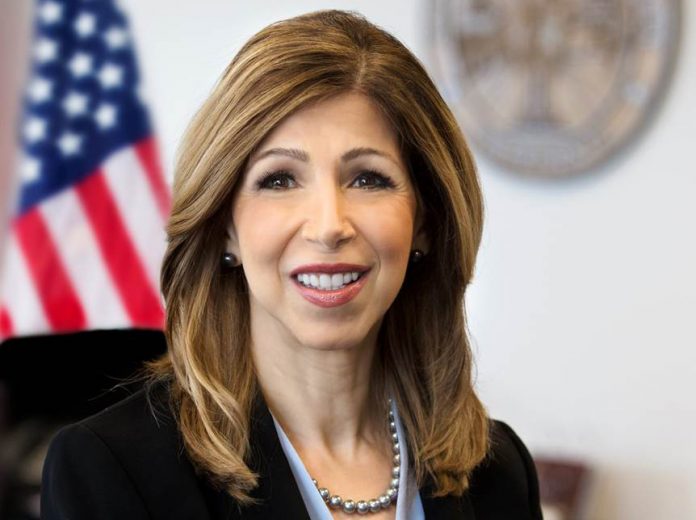As your District Attorney, I’m committed to increasing communication and accessibility between the DA’s Office and you, the community. One way I hope to do that is through this monthly column, where I will provide information and tips on how you can stay safe.
As your District Attorney, I’m committed to increasing communication and accessibility between the DA’s Office and you, the community. One way I hope to do that is through this monthly column, where I will provide information and tips on how you can stay safe.
I think you can agree that at the top of our minds lately is school safety. In light of the recent mass shooting in Parkland, Fla., San Diego County has seen a surge in school threats. Almost every day, law enforcement is notified of someone – usually a juvenile or student of the targeted school – making a verbal or written threat to shoot up a school or injure fellow students. Since the February 14 Florida shooting, there have been about 24 threats in the county. Although some of the threats can be attributed to the copycat effect, it’s important not to ignore threats when they are made.
The reason is in the numbers – 93 percent of school shooters make plans ahead of time to carry out their attack and 80 percent of them tell at least one person. Sixty percent tell at least two people. With these odds, it’s important for the public to know that you play a vital role in helping prevent school shootings by reporting suspected behavior or threats.
Empty threats
For anyone who thinks it’s funny to cause alarm and fear by posting a threat online or calling one in to a school, these incidents go beyond a prank: they carry serious legal consequences, such as jail time. Making criminal threats is a felony crime even if there was no intent to carry out the threat; threatening words with the intent to cause fear and which reasonably cause someone to feel fear are sufficient for a felony charge. Juveniles can face jail time, or other consequences such as having their access to social media taken away by the court. It’s important to keep in mind, however, that the juvenile justice system is meant to rehabilitate youthful offenders, not punish them. In instances where we can help them get on the right track with rehabilitation, mental health services and restorative justice methods, that is our first choice.
A history of safety
Since 2014, our office has handled about 45 cases of threats against schools – this does not include the recent increase. Of those cases, 20 were prosecuted in juvenile court. The other 25 were handled through school, family and community-based interventions with the goal of keeping schools safe. Our message is clear: every school threat is being fully investigated and every suspect will be held accountable.
Protocol and prevention
Only when a law enforcement investigation is completed can we determine whether the threat is credible. Our goal is to disrupt and intervene. Even though we have a way to measure successful prosecution, it’s not as easy to measure successful intervention, but preventing even one death or one school shooting us our duty.
The best prevention for a school shooting is bystander intervention. It’s the responsibility of every teacher, student, parent and member of the public to report to school authorities or to local police if they see or hear of a threat. We’re asking every parent to talk directly with their children to explain that making a threatening statement over social media, or in any other form, can cause serious harm and will lead to major consequences. Parents and schools should not tolerate bullying. Consider this: 75 percent of school shooters have reported being bullied as one of the factors for their violence. Keeping our schools safe is everyone’s responsibility, so let us all do our part.
About Summer Stephan
District Attorney Summer Stephan has dedicated more than 27 years to serving justice and victims of crime as prosecutor. She is a leader in creating smart and fair criminal justice solutions and restorative justice practices that treat the underlying causes of addiction and mental illness and that keep young people from being incarcerated.














